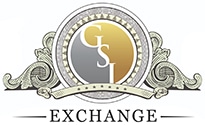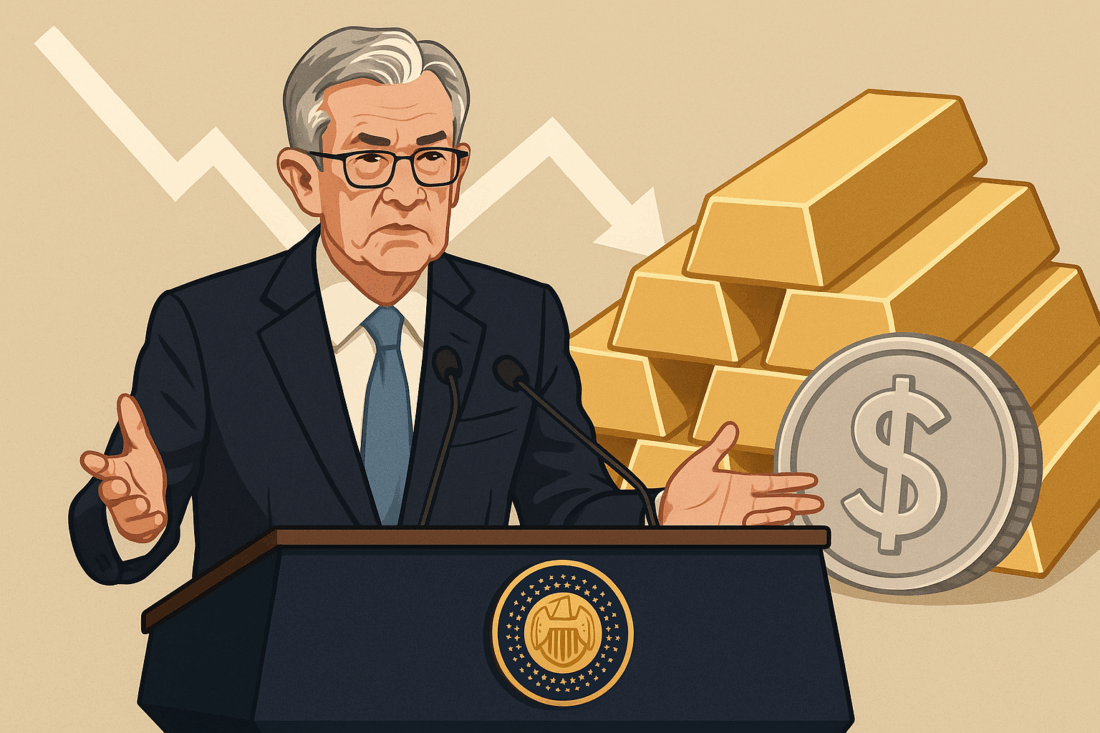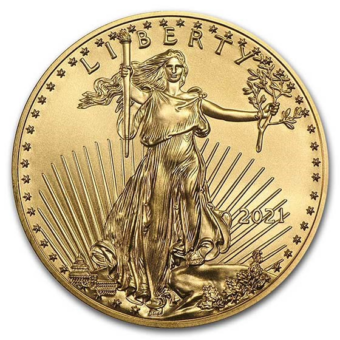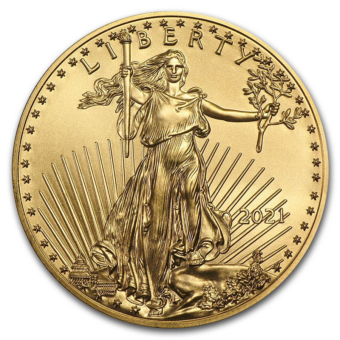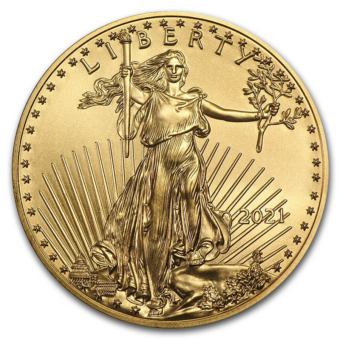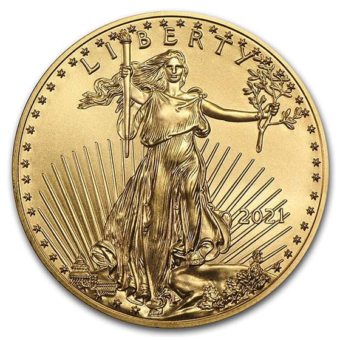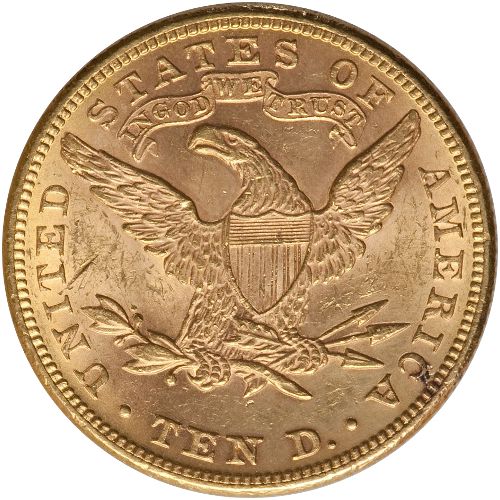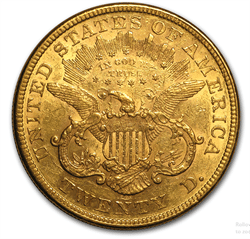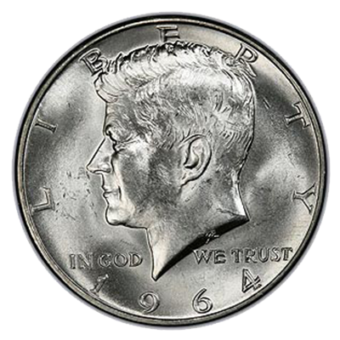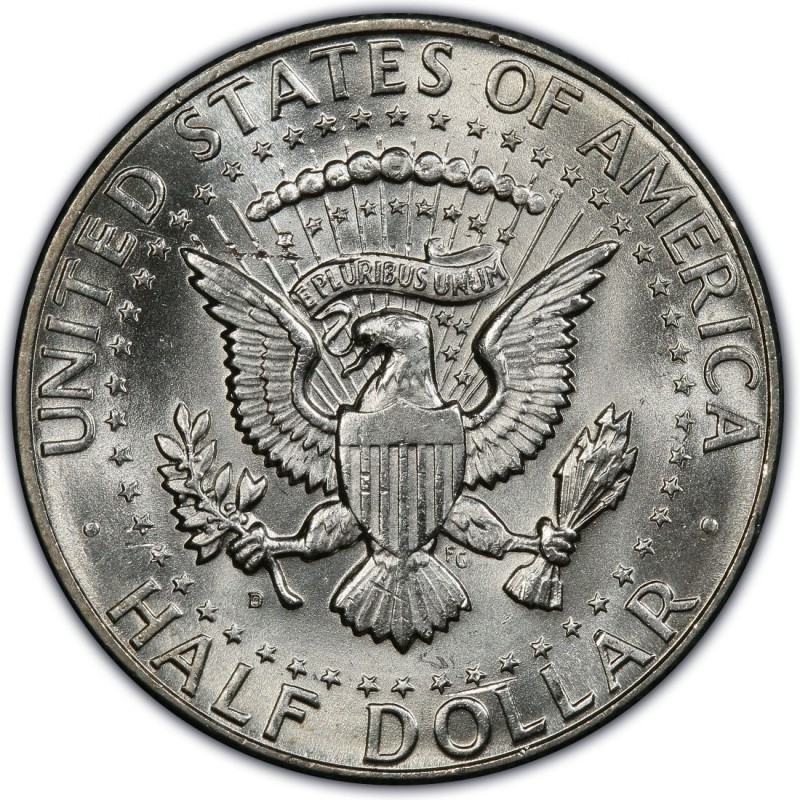Monday - 9.15.25: Gold climbed $17.40 to $3,703.90 and silver added $0.095 to $42.93 Monday, lifted by a weaker dollar, higher crude oil, and optimism over U.S.-China trade talks in Madrid, where Trump and Xi may speak later this week. Stronger growth prospects, especially in China, support metals demand, while Fitch’s downgrade of France’s credit rating added safe-haven appeal. Markets now await the Fed’s two-day meeting, with a widely expected 25-basis-point cut likely to spotlight slowing growth, rising unemployment, and tough questions for Powell.
Tuesday - 9.16.25: Gold edged higher Tuesday, up $4.20 at $3,723.30 after hitting record highs earlier, while silver slipped $0.167 to $43.80 following a 14-year peak, with both metals seeing profit-taking. Expectations of a Fed rate cut at Wednesday’s FOMC meeting—its first since 2024—have supported prices, though updated projections may highlight slower growth and rising unemployment. Powell faces tough questions at his press conference, while signs of progress in U.S.-China trade talks, including a pending TikTok deal, add optimism for global growth and metals demand.
Wednesday - 9.17.25: Gold wavered on both sides of unchanged Wednesday after the Fed cut rates by 0.25% to a 4.00–4.25% range, its first reduction since last November. December gold inched up $2.40 to $3,727.00, while silver slipped $0.557 to $42.38, with mild profit-taking after gold’s record high Tuesday. The cut was widely expected, and the Fed signaled no further easing this year, leaving markets steady ahead of Powell’s press conference on the economy, rates, and Fed independence.
Thursday - 9.18.25: Gold and silver retreated in midday U.S. trading Thursday, with December gold dropping $45.10 to $3,672.30 and silver down $0.187 to $41.965, as traders booked profits after record highs earlier in the week. The pullback followed the Fed’s widely expected quarter-point rate cut, leaving the funds range at 4.00–4.25%, and markets appear set for further corrective pressure after recent strong gains.
Friday - 9.19.25: Gold and silver edged higher in early U.S. trading Friday, with December gold up $2.40 at $3,680.50 and silver up $0.207 at $42.325, though gains were capped by a stronger dollar and rising Treasury yields. Global stocks were mixed, while U.S. indexes eyed record-high opens. Markets also awaited a Trump–Xi phone call that could shape TikTok’s future and ease trade tensions, and in Mexico, Canadian PM Mark Carney and Mexican President Claudia Sheinbaum pledged closer cooperation on trade ahead of next year’s USMCA review, emphasizing North America’s collective economic strength.
Powell Cuts Rates, Defends Fed’s Independence
The Big Picture
The Fed cut interest rates by 25 basis points on Wednesday, aiming to cushion a weakening labor market. But the real drama at Jerome Powell’s press conference wasn’t the cut — it was the barrage of questions about whether the Fed is still truly independent under the Trump administration.
What’s Happening
Powell welcomed Stephen Miran, Trump’s economic advisor, to the Fed board — but reporters pressed him on whether Miran’s dual role compromises the central bank’s independence. Powell stuck to the script: the Fed is committed to its dual mandate of jobs and inflation, and “the only way to sway policy is with strong data-driven arguments.”
Only one Fed voter — widely assumed to be Miran — pushed for a bigger 50-basis-point cut. The rest backed the 25-basis-point move. Powell also brushed off Treasury Secretary Scott Bessent’s call for an outside review of the Fed, saying the central bank has already modernized its framework, while declining to weigh in on Trump’s attempt to fire Governor Lisa Cook.
On policy, Powell was clear: the cut was about jobs. “Downside risks are now a reality,” he said, pointing to labor market cracks. He defended the timing even after major jobs data revisions, quipping, “We have to live life looking through the windshield rather than the rearview mirror.”
Looking ahead, Powell hinted that more easing could be on the table, saying markets are right to price in a rate path, not just a one-off move. Tariffs are adding some pressure, he noted, but immigration shifts may be hitting the jobs market harder. Inflation expectations remain anchored around 2%, and households and banks look solid.
By the Numbers
- Rate cut: -25 bps
- FOMC tally: 11 for 25 bps, 1 for 50 bps (likely Miran)
- Fed mandates: 2 official (jobs & inflation) vs. Miran’s call for a “third”
- Powell’s term as chair: Ends May 2026
- Key risk driver: Labor market weakness
Why It Matters
Powell’s trying to steady both the economy and the Fed’s credibility. The labor market is faltering, tariffs are biting at the edges, and immigration shifts are reshaping the jobs picture. But political pressure — from new Trump appointees to calls for Fed oversight — is now just as much of a threat to the Fed’s independence as the data itself.
The Bottom Line
Powell says the Fed “took the appropriate action today” with a cut to protect jobs. But as politics crowd into monetary policy, the bigger question is whether the Fed can keep its independence while steering the economy through choppy waters.
How the U.S. Plans to Counter BRICS’ De-Dollarization Push
The Big Picture
As BRICS nations ramp up efforts to ditch the dollar in global trade, Washington is rolling out its own playbook to defend the greenback’s dominance. The U.S. is leaning on tariffs, alliances, and Wall Street muscle to keep de-dollarization from gaining traction.
What’s Happening
Trump’s sweeping April tariffs — branded “Liberation Day” — hit more than 185 countries and forced emerging markets to pivot. Instead of pushing de-dollarization, many are now scrambling to lower import duties and renegotiate trade deals to shield their economies.
The U.S. has also leaned on allies. While tariffs angered parts of the G7, Washington pressed Europe to slap duties on India and China over Russian oil purchases. That shifted the geopolitical debate: European leaders criticized BRICS for trying to undermine the dollar rather than backing the bloc’s agenda.
At the negotiating table, China and India have been pulled into rounds of high-level talks over tariffs and trade. The result: BRICS’ currency plans are taking a back seat while members scramble to manage economic fallout.
Meanwhile, U.S. corporations are flexing their own power. Microsoft cut off services to an Indian refiner linked to Russian oil. Wall Street giants like Goldman Sachs, JPMorgan, and Citi continue to dominate global finance, reinforcing the dollar’s central role. Traders are betting BRICS won’t be able to crack that dominance anytime soon.
By the Numbers
- Countries hit by U.S. tariffs in April: 185+
- BRICS trade focus: shifting from de-dollarization → tariff negotiations
- Key U.S. players: Microsoft, Goldman Sachs, JPMorgan, Citi
Why It Matters
The U.S. dollar’s global dominance underpins its economic and geopolitical power. By forcing BRICS into tariff fights and leveraging U.S. financial and tech firms, Washington is keeping the bloc off balance. For now, de-dollarization looks more like a long-term ambition than an immediate threat.
The Bottom Line
The White House, Wall Street, and U.S. tech are aligned in blunting BRICS’ push against the dollar. The bloc may talk up de-dollarization, but Washington’s countermeasures are making it harder for those plans to stick.
Trump Wants to Scrap Quarterly Earnings Reports
The Big Picture
Donald Trump is reviving his push to let U.S. companies report earnings every six months instead of every three. The SEC is backing him this time, raising the odds of the biggest shake-up in corporate disclosure rules since the 1970s.
What’s Happening
Trump took to Truth Social to argue that quarterly reports are expensive, time-sucking, and push executives into chasing short-term results. Switching to semiannual reports, he said, would free managers to focus on actually running their companies.
The SEC quickly jumped in, saying it will prioritize the proposal — a clear contrast with 2018, when it only asked for public comments and left the system untouched. That shift signals the agency may be more willing now to make the change.
Reactions are split. Corporate leaders like Nasdaq CEO Adena Friedman cheer the move, saying it would cut costs and reduce “friction” for companies listing on Wall Street. But investor advocates warn longer gaps between disclosures could hide bad news and make markets more volatile.
Details
- Rule since 1970: The SEC first required quarterly reporting that year.
- Critics: Jamie Dimon, Warren Buffett, and business groups say constant updates fuel “short-termism.”
- Supporters of status quo: Investor groups argue frequent reports keep U.S. markets efficient.
- Valuation gap: U.S. stocks (S&P 500 at 24.3x forward earnings) trade richer than Europe (STOXX 600 at 15.3x), thanks in part to transparency.
- Likely reality: Even if rules change, many firms may keep issuing quarterly updates to satisfy investors.
By the Numbers
- Reporting frequency today: every 90 days
- Rule in place since: 1970
- S&P 500 forward P/E: 24.3x
- STOXX 600 forward P/E: 15.3x
Why It Matters
Loosening reporting rules could ease compliance costs and reduce pressure on CEOs to “hit the quarter.” But it could also dial down transparency, making U.S. markets less efficient — and potentially less attractive.
The Bottom Line
With Trump and the SEC on the same page, corporate America could be headed back to semiannual reporting. The question is whether that helps companies think long-term — or chips away at the transparency investors prize.
NEXT WEEK’S KEY EVENTS
Economic Calendar: September 22 – September 26, 2025 (ET)
Monday, Sept. 22
Tuesday, Sept. 23
- 9:45 AM – S&P Flash U.S. Services PMI (Sep)
- 9:45 AM – S&P Flash U.S. Manufacturing PMI (Sep)
Wednesday, Sept. 24
- 10:00 AM – New Home Sales (Aug)
- 4:10 PM – San Francisco Fed President Mary Daly speech
Thursday, Sept. 25
- 8:20 AM – Chicago Fed President Austan Goolsbee's speech
- 8:30 AM – Initial Jobless Claims (week ending Sept. 20)
- 8:30 AM – GDP (third estimate, Q2)
- 10:00 AM – Existing Home Sales (Aug)
- 3:30 PM – San Francisco Fed President Mary Daly speech
Friday, Sept. 26
- 8:30 AM – PCE Index (Aug)
- 9:00 AM – Richmond Fed President Tom Barkin speech
- 10:00 AM – Consumer Sentiment (final, Sep)
IMPACT ON PRECIOUS METALS MARKETS
Fed Speeches (Mon, Wed, Thu, Fri)
- Hawkish tone → stronger USD/real yields, bearish for gold/silver.
- Dovish signals → weaker USD, supportive for metals.
S&P Flash PMIs (Tue)
- Strong services/manufacturing → resilience, risk-on, bearish for metals.
- Weak PMIs → slowdown worries, bullish for safe havens.
New Home Sales (Wed)
- Strong sales → housing resilience, bearish for metals.
- Weak sales → growth cracks, bullish for metals.
Initial Jobless Claims (Thu)
- Rising claims → labor softening, bullish for metals.
- Falling claims → labor resilience, bearish for metals.
GDP, Third Estimate (Thu)
- Higher revision → strong economy, bearish for gold/silver.
- Lower revision → growth drag, bullish for metals.
Existing Home Sales (Thu)
- Strong housing data → resilience, bearish for metals.
- Weak housing → economic weakness, bullish for metals.
PCE Index (Fri)
- Hot PCE → sticky inflation, hawkish Fed risk, bearish for metals.
- Cool PCE → easing inflation, dovish bias, supportive for metals.
Consumer Sentiment (Fri)
- High sentiment → risk-on, bearish for metals.
- Weak sentiment → growth concerns, bullish for metals.
